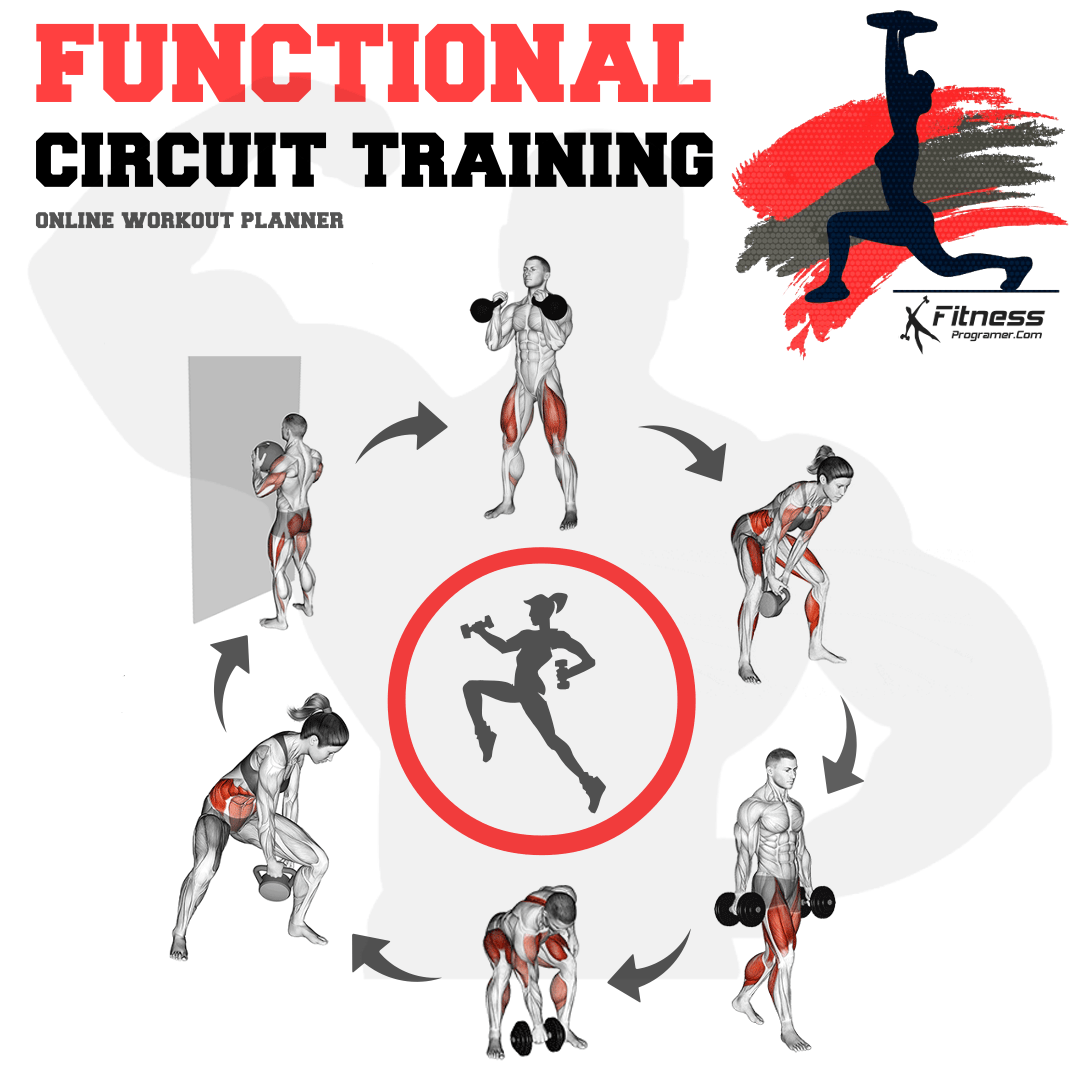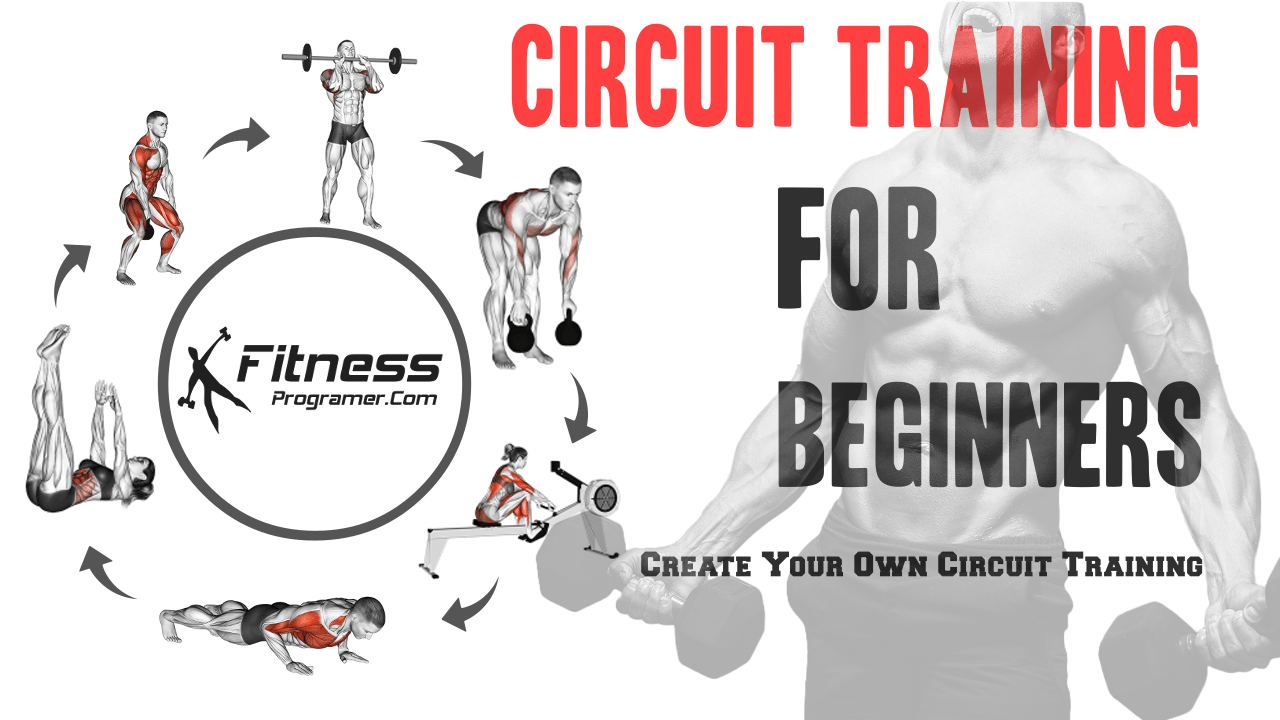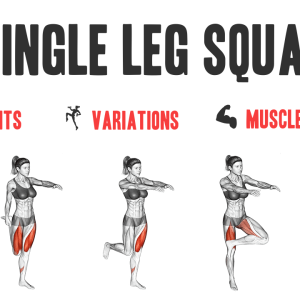Contents
Circuit training is a type of workout used in almost every sport. The goal of circuit training is to get your heart rate up and to work multiple muscle groups in a short amount of time. Circuit exercises combines both strength and cardiovascular activity. It helps build muscles, burn fat, build strength, and endurance.
What Is Circuit Training?
A circuit training is an exercise format in which you perform several exercises back to back with little (15 to 30 seconds) or no rest between sets. Usually a circuit consists of 6-12 exercises, and the circuit is repeated after the exercises are completed.
The exercises themselves could be anaerobic (i.e. weights), aerobic (i.e. cardio), or a combination of both, meaning you could perform an exercise for legs, followed by an exercise for arms, followed by an exercise for chest, and so on.
Circuit training exercises can focus on one muscle group or any combination of muscle groups, including a full body workout. They can be an excellent way to compliment your existing workout routine.
Why Circuits
There are many reasons why some people choose to use circuit strength training. Below are some of the many reasons why using circuits in your strength training workouts can be beneficial.
– Saving Time – Rest times are very short and most circuits can be completed much faster than typical strength training exercises
– Improving Endurance – Since you are constantly switching from one exercise to the next with minimal rest, your cardiovascular and muscular endurance should improve as well.
– Anyone Can Do It – Whether you are a beginner or more advanced, circuit training can prove to be beneficial
– Change Of Pace – Many people like to break up the repetitiveness of their workouts by incorporating circuits. It’s a fun and unique way to spice up your strength training workouts.
Circuit Training Benefits
There are several benefits to a circuit training workout. You can accomplish a great deal of work in a short amount of time.
● Circuit Training Is Quick and Builds Muscle and Develops Strength and Endurance
Circuit training is a great way to build strength, power, endurance, flexibility, and so much more.
It is a training program that is used for just about every sport. It can be used at best during off season or before your season starts. It can help build a solid base for your body. Basically, your body will be better prepared for any more stressful events or training.
Solid circuit exercises can correct any fitness problems that you may have during any high level sport. Its a great way to improve strength endurance for any high level sport.
● Increased Physical Condition
By keeping an elevated heart rate throughout the circuit training workout, you are burning a substantial amount of calories during the workout itself, which will help you lose weight. You can combine a circuit weight training workout and a cardiovascular workout in one training session, killing two birds with one stone.
Perhaps most importantly, exercising in this fashion will raise your anaerobic threshold. This is the time when the demand for oxygen can no longer be met by oxygen consumption. You simply run out of breath. Working at, or near, your anaerobic threshold will increase your body’s efficiency at burning oxygen, thereby raising your cardiovascular endurance level.
The next time you perform fitness circuit training, cardiovascular exercise or the next time you lift weights, you will be able to perform longer and work harder than you did before. This helps you build lean muscle while burning even more calories.
Create Your Own Circuit Training
You’ll want to master all the circuit exercises and work your way up the ladder from beginning to advance because circuit is a high intensity workout. This training program can help progress you to getting into great physical strength.
Here are several tips that can help you get into great physical condition, but help you become a better athlete:
1- Determine your fitness goals
Before creating a circuit workout, it’s important to determine what you want to achieve from your workout. Do you want to improve your cardiovascular health, build muscle, or lose weight? Knowing your goals will help you determine what type of exercises to include in your circuit.
2- Determine the number of sets and reps
Simply, organize your circuit training by setting together a target number of repitions and sets for every exercise and/or a specific length of time.
Beginner: 1-2 sets of 8-10 reps or 30 sec of work 20-30 sec of rest.
Intermediate: 2-3 sets of 10-12 reps or 45 sec of work 10-20 sec of rest.
Advanced: 3-5 sets or 12-15 reps or 60 sec of work 10-30 sec of rest.
Working quickly and doing a high number of reps is very important when doing a total body circuit training because it makes an effective cardiovascular workout.
3- Selecting Your Stations
A total body circuit training can be created or designed around as much equipment as you may have available. You can use anything from a dumbbell to the whole gym for your total body workout.
If you go to a gym, be sure to take advantage of the circuit weight machines, so you could move from on machine to another.
4- Choosing Your Exercises
Make a schedule of 6 -10 exercises. If you are training for a specific sport, then be sure to include a few sport-specific exercises.
- Alternate Upper and Lower Body Exercises – This will allow your body and muscles more time for recovery between exercises.
- Include Exercises for Large Muscles – Exercises like bench press, deadlift, squats, and pull-ups keeps your heart rate elevated by making your exercises intense.
- Aerobic and Anaerobic exercises – When doing this kind of training program, try doing a complex circuit. It consists of doing one minutes of aerobic exercises such as jump rope, stepping, or stationary cycling followed by 10-15 reps of weight training.
5- Decide on the order of the exercises:
The order in which you perform your exercises is important, as it can affect the intensity and difficulty of your workout. Consider starting with a cardiovascular exercise to get your heart rate up, and then moving on to strength training exercises that target specific muscle groups.
6- Set a time limit:
Setting a time limit for each exercise is important, as it helps to keep your workout structured and focused. Consider starting with 20 seconds to 60 seconds for each exercise and adjusting the time as needed.
7- Choosing Your Weights
Exercise with enough weight that you’ll get tired at each exercise station but can complete the targeted number of sets and circuits. (using a resistance of about 40% to 60% of one-repetition maximum)
Beginners should start off with a single weight during every station. Be sure that the last few reps is difficult, but not too painful.
When working out at this level, your heart rate should be at a 75% for your maximum heart rate. When the workout becomes less challenging, then you should add about 5-10 pounds to make it more challenging.
8- Gradually increase the intensity:
As you become more comfortable with your circuit workout, gradually increase the intensity by adding more exercises, performing more repetitions, or increasing the weight you use for strength training exercises.
9- Keep A Good Pace
Be sure to set a minimum number of repetition and don’t forget the length of time for every station. Be sure to check your heart rate every 15 minutes or so, if not, rate your effort from a scale from 1-10.
By following these steps, you can create an effective and challenging circuit workout that helps you achieve your fitness goals. Remember to listen to your body and adjust your workout as needed to ensure that you are working at a level that is safe and appropriate for you.
10- Circuit Training Safety
Safe training is always the best training:
- Warm-up before you start training.
- Be aware of what you are doing.
- Don’t use an excessive amount of force.
- Set your training goals accordingly and within your abilities.
- Always start slow and work your way up little by little.
- During circuit training keep a normal, but challenging pace.
- Increase your intensity or durations to see improvements.
- Make your changes slowly over time.
- Don’t forget to cool down after your workout.
Example Circuit Training Routines
Circuit training routines are a great way to break the boredom of typical resistance training. Try an at home circuit training workout to save time and help you get to your fitness goals that much quicker.
With a 20 minute to an hour training session…
Your workouts ranges from dumbbells, to weight machines, and many other exercise equipments.
When doing this workouts, be sure to have a healthy and balanced diet. You will be wasting your time exercising if you are not eating correctly.
1- Bodyweight circuit workout for beginners
- Workout Goal: Bodyweight circuit training for strength
- Difficulty: 2 round for beginners
- Warm-up: 2 sets of high-knee runs, vertical mountain climbers or astride jumps, followed by arm circles, arm crosses, and wall slides
- Rest: 20 seconds rest between reps
- Rest per round: at least 1-2 minutes
- Cooldown: A less intense exercise like a walking lunge or yoga stretch for 5 minutes after your workout.
You need to do 2 circuits in total and these are the sample exercises that make up 1 circuit.
Burpee | 20 sec | 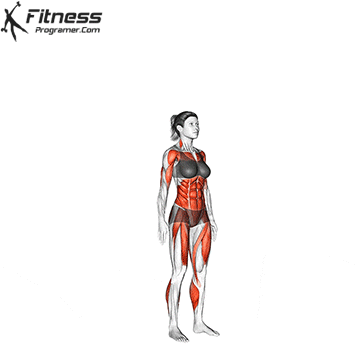 |
Curtsy Squat | 20 reps | 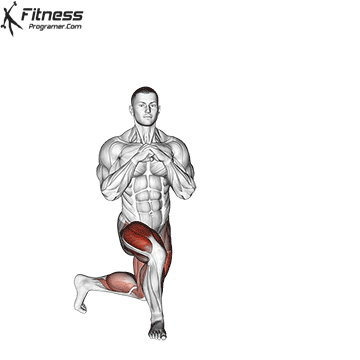 |
Push-up | 15 reps | 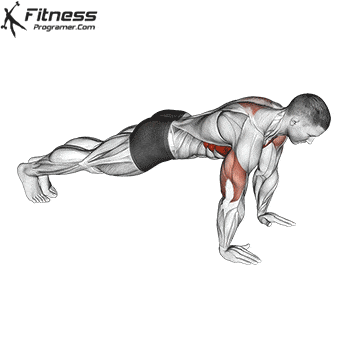 |
Jump Squat | 20 sec | 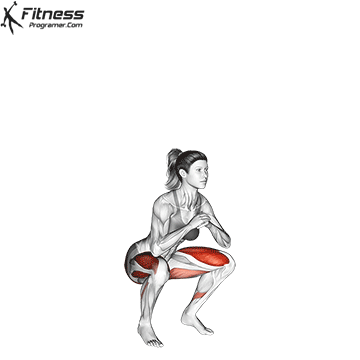 |
Chair Dips | 15 reps | 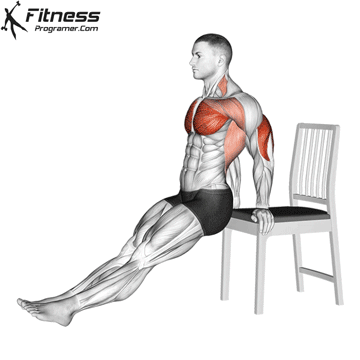 |
Iron Cross | 15 reps | 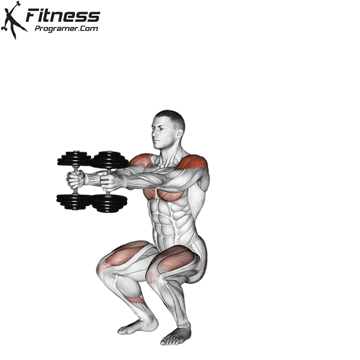 |
Mountain Climber | 20 sec | 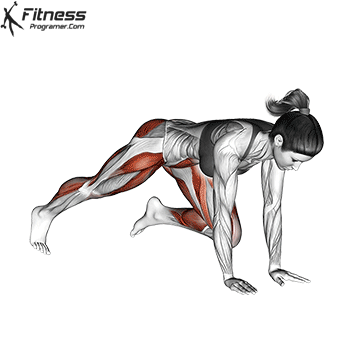 |
Table Inverted Row | 15 reps | 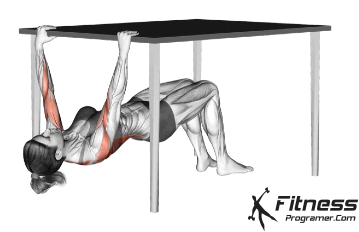 |
Spider Plank | 20 sec | 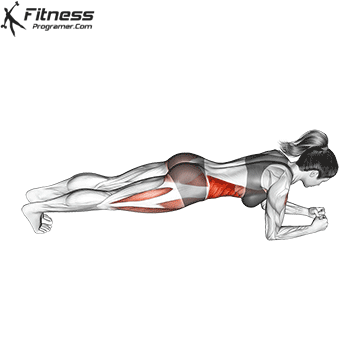 |
2- Total Body Circuit Workout
- Workout Goal: Full body – muscle and strength building
- Difficulty: 1 round for beginners – Intermediate 2-3 round – Advanced 3-4 round
- Warm-up: 5 min Elliptical or treadmill then arm circles, arm crosses and wall slides
- Rest: 15 seconds rest between reps
- Rest per round: at least 1-2 minutes
- Cooldown: 5 minutes cool down after workout (treadmill, brisk walking or cycling) 5 minutes stretch
It can certainly be adjusted and customized for people of all fitness levels and is a good circuit for general fitness training.
Lunge | 1 min (30+30) Rest 30 sec | 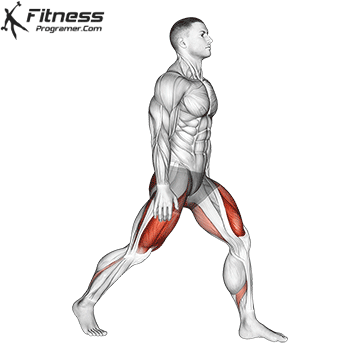 |
Pull-up | 10-12 reps | 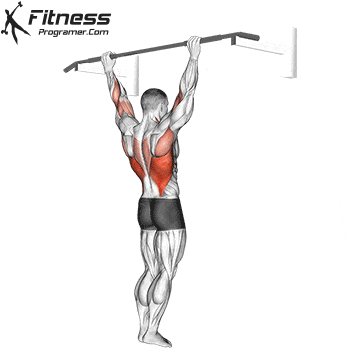 |
Chest Fly | 15 reps | 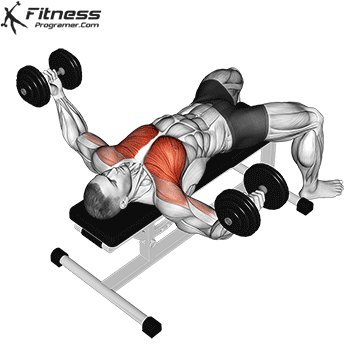 |
Sit-up | 30 sec | 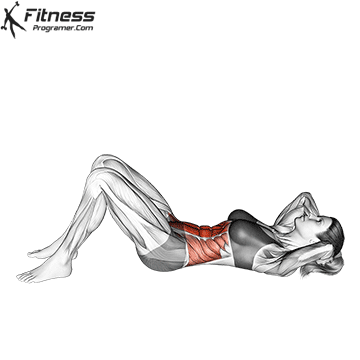 |
60 sec | 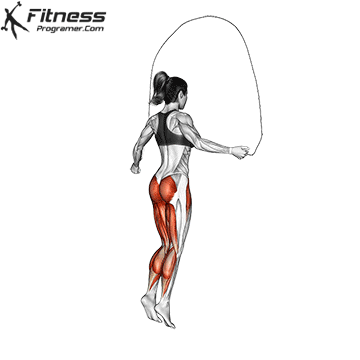 | |
Biceps Curl | 20 reps | 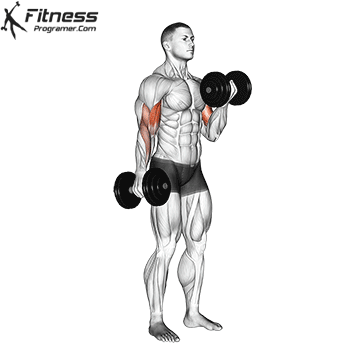 |
Plie Dumbbell Squat | 20 reps | 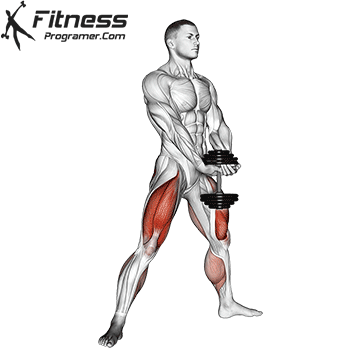 |
Lateral to Front Raise | 20 reps | 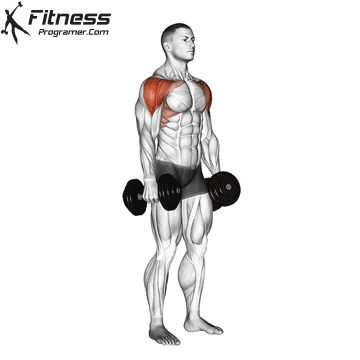 |
Stability Ball Push-up | 30 sec |  |
Pushdown | 20 reps | 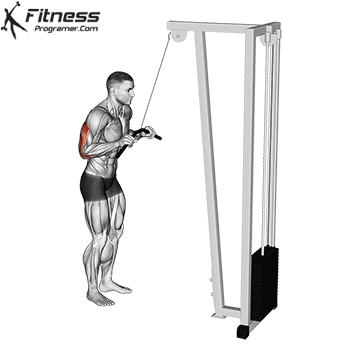 |
Plank | 45 sec | 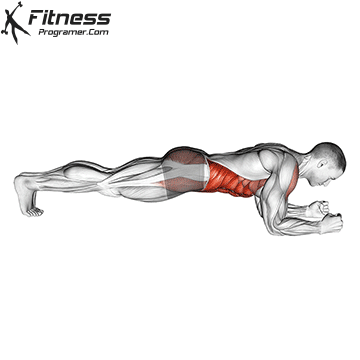 |
3- Aerobic Circuit Training routine
The goal of an aerobic circuit training routine is to improve cardiovascular health and endurance.
- Workout Goal: Cardiovascular health and muscular endurance
- Difficulty: 1-2 round for beginners – Intermediate 2-3 round – Advanced 3-4 round
- Warm-up: 5 min
- Rest: 10-15 seconds rest between reps
- Rest per round: at least 1-2 minutes
- Cooldown: 5 min cooldown
Here is a sample aerobic circuit training routine:
Elbow to knee twist | 45 sec | 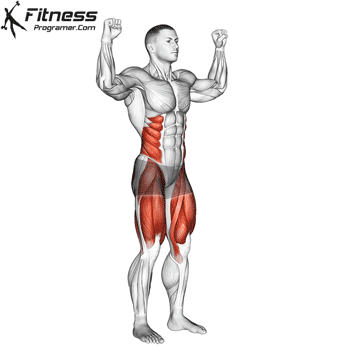 |
Mountain Climber | 30 sec | 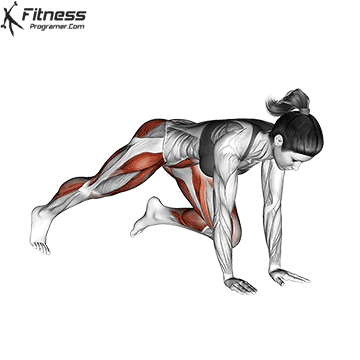 |
Rowing Machine | 60 sec | 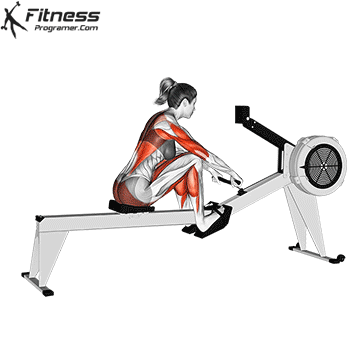 |
Bicycle Crunch | 30 sec | 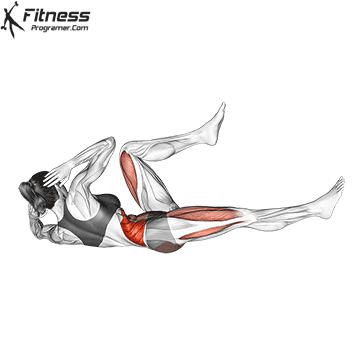 |
Jump Rope | 60 sec |  |
Arm leg raise | 15+15 reps | 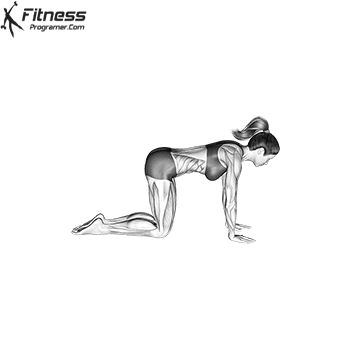 |
Elliptical Machine | 60 sec |  |
Shoulder Tap Push-up | 15+15 reps | 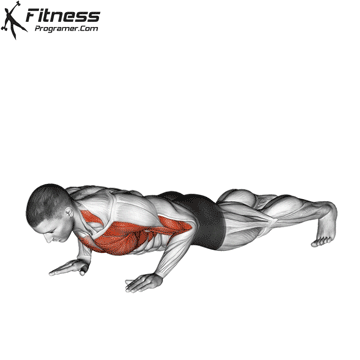 |
Lateral Step | 30+30 sec | 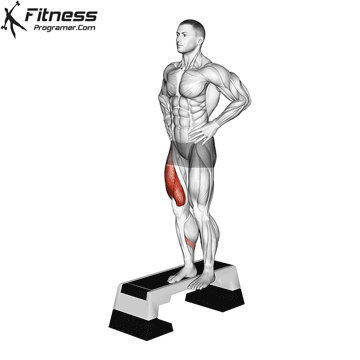 |
Dead Bug | 60 sec | 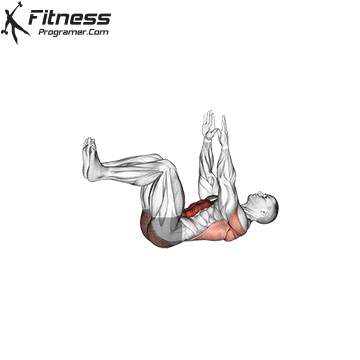 |
4- Anaerobic Circuit Training Routine
Anaerobic circuit training typically involves exercises that target multiple muscle groups, which can help build strength. The high-intensity nature of the exercises can also lead to greater muscle activation, resulting in improved muscle growth.
- Workout Type: High-intensity circuit training
- Difficulty: Intermediate 2-3 round – Advanced 3-4 round
- Warm-up: 5 min Elliptical or treadmill then arm circles, arm crosses and wall slides
- Rest: 15 seconds rest between reps
- Rest per round: at least 1-2 minutes
- Cooldown: 5 minutes cool down after workout (treadmill, brisk walking or cycling) 5 minutes stretch
Military Press | 12-15 reps |  |
Dumbbell Squat | 12-15 reps | 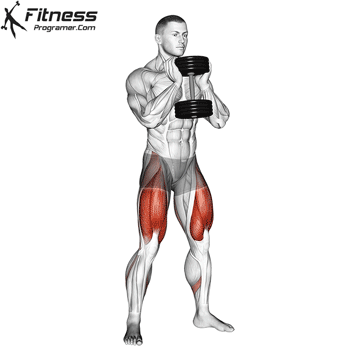 |
Incline Dumbbell Bench Press | 12-15 reps | 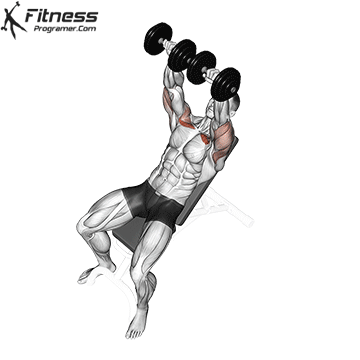 |
Bent Over Dumbbell Row | 12-15 reps | 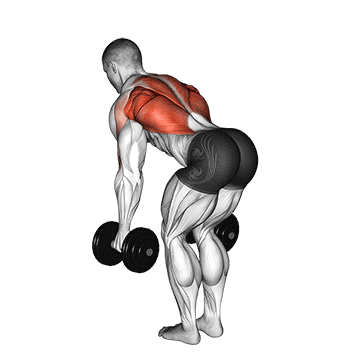 |
Dumbbell Hammer Curl | 12-15 reps | 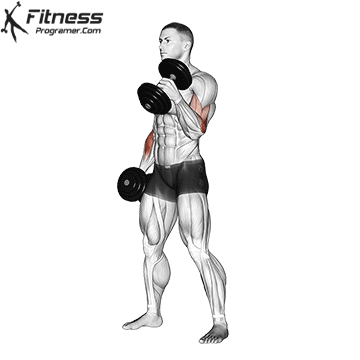 |
Stiff Leg Deadlift | 12-15 reps | 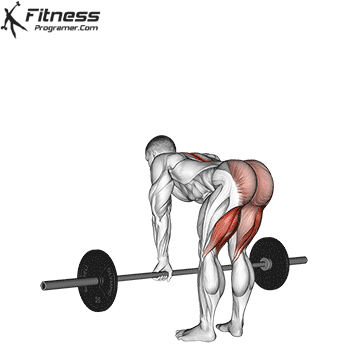 |
Bent over Kick Back | 12-15 reps | 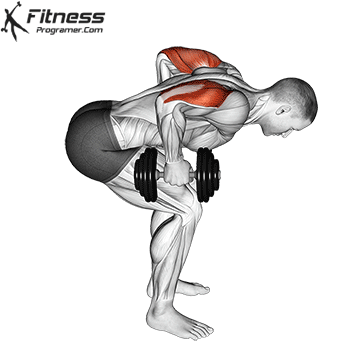 |
Dumbbell V-up | 12-15 reps |  |
5- Aerobic and Anaerobic Circuit Training Routine
By incorporating a variety of high-intensity aerobic and anaerobic exercises, you can challenge your body, burn calories, and achieve your fitness goals.
- Workout Goal: Circuit workout for power and strength
- Difficulty: Intermediate and advanced
- Warm-up: Warm-up for at least 5-10 minutes
- Rest: 10 seconds rest between reps
- Rest per round: at least 1-2 minutes
- Cooldown: A less intense exercise like a walking lunge or yoga stretch for 5 minutes after your workout.
It’s important to note that the intensity and duration of each station can be adjusted based on your fitness level. It’s also a good idea to vary the exercises and intensity of your circuit training routine to prevent boredom and avoid plateaus in your fitness progress.
Repeat the circuit for a total of 3 rounds.
Box Jump | 20 sec |  |
Clap Push-up | 20 reps | 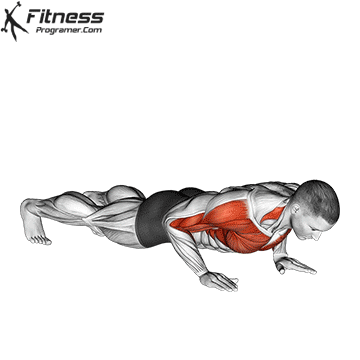 |
Skater | 20 sec | 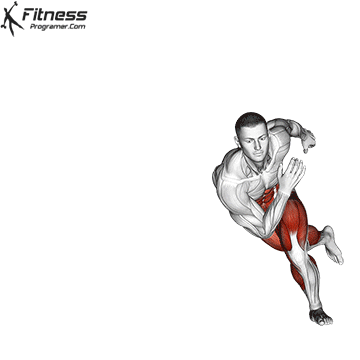 |
Jump Pull-up | 15 reps | 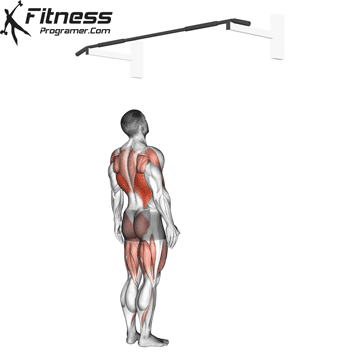 |
Bulgarian Jump Split Squat | 10+10 reps | 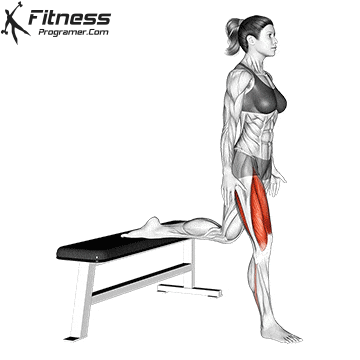 |
Mountain Climber | 20 sec |  |
6- Functional Circuit Workout
This training method is a high intensity, fast paced functional training where you move quickly from exercise to exercise without any breaks. It is a tough and tiring training program, but it will get you in good fitness condition.
- Workout Goal: Functional circuit training for better conditioning
- Difficulty: Intermediate and advanced
- Warm-up: Warm-up for at least 5-10 minutes
- Rest: No rest
- Rest per round: at least 2 minutes
- Cooldown: A less intense exercise like a walking lunge or yoga stretch for 5 minutes after your workout.
You need to do 3 circuits in total and these are the sample exercises that make up 1 circuit.
Kettlebell Front Squat | 20 reps |  |
Kettlebell Swings | 20 reps | 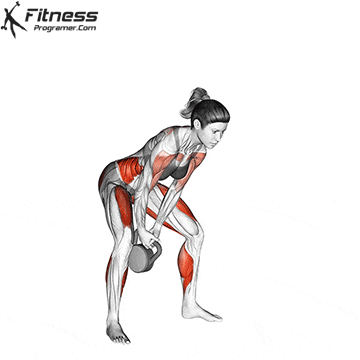 |
Farmers walk | 20 sec | 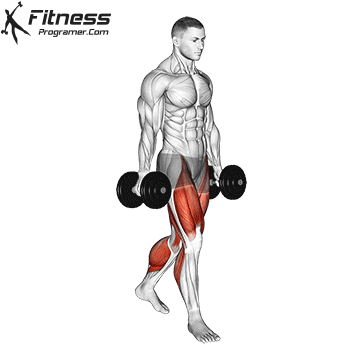 |
Wall Ball | 20 reps | 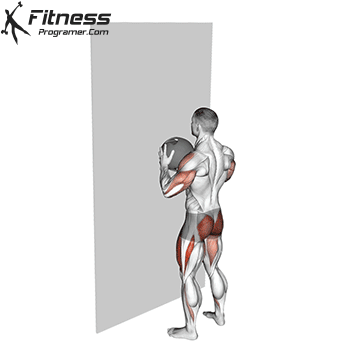 |
One Arm Dumbbell Snatch | 10+10 reps | 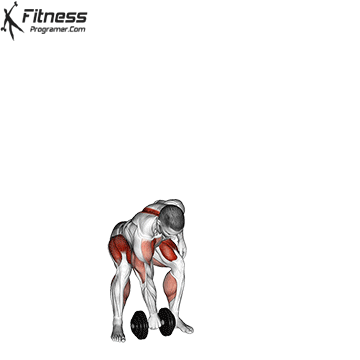 |
Kettlebell Figure 8 | 20 sec |  |
In conclusion, circuit training is a highly effective form of exercise for individuals who are looking to increase muscle strength, improve athletic performance, boost metabolism, improve endurance, and reduce the risk of injury.
